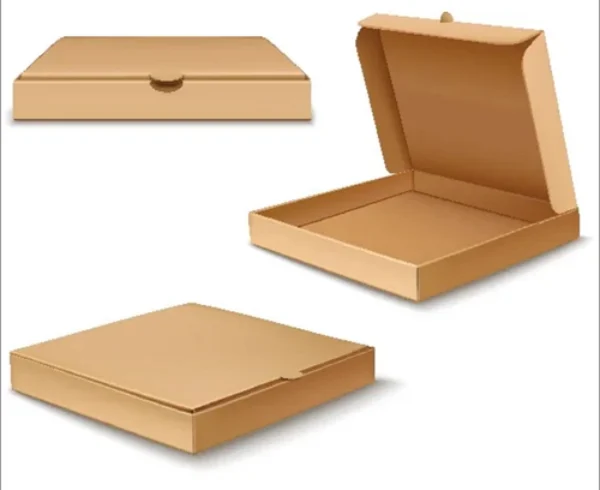How does this IBC differ from other types of storage containers?
IBC, or Intermediate Bulk Container, is a type of storage container used for the transportation and storage of bulk liquids and granulated materials. IBCs are designed to provide a more efficient and cost-effective method of handling large volumes of materials compared to traditional storage containers such as drums and barrels. In this article, we will discuss how IBCs differ from other types of storage containers.
Construction
One of the primary differences between IBCs and other types of storage containers is the construction. IBCs are typically made of high-density polyethylene (HDPE) or a combination of HDPE and galvanized steel. This construction makes IBCs more durable and resistant to damage from the elements and everyday wear and tear.
On the other hand, traditional storage containers such as drums and barrels are usually made of materials like steel, aluminum, or plastic. While these materials are sturdy, they are more susceptible to corrosion, rust, and damage over time. As a result, they may require more frequent maintenance and replacement.
Capacity
Another significant difference between IBCs and other types of storage containers is the capacity. IBCs are designed to hold a large volume of materials, typically ranging from 275 gallons to 330 gallons. This high capacity makes IBCs ideal for the transportation and storage of bulk materials, such as chemicals, food ingredients, and pharmaceuticals.
In contrast, traditional storage containers such as drums and barrels have a much smaller capacity, typically ranging from 5 gallons to 55 gallons. While these smaller containers may be suitable for the transportation and storage of smaller volumes of materials, they may not be practical or cost-effective for large-scale operations.
Handling
The design of IBCs also makes them easier to handle compared to other types of storage containers. IBCs are usually designed with a pallet base and integrated forklift pockets, allowing for easy transportation and stacking. Additionally, most IBCs feature a top-fill design, which makes it easier to fill and empty the container quickly and safely.
Traditional storage containers, such as drums and barrels, can be more challenging to handle due to their size and shape. While they can be moved with a pallet jack or forklift, they may require additional equipment or handling to maneuver in tight spaces or navigate narrow aisles.
Cost
Finally, IBCs are generally more cost-effective than other types of storage containers. Due to their high capacity and durable construction, IBCs can hold and transport large volumes of materials with minimal maintenance and replacement costs. Additionally, the design of IBCs allows for more efficient use of storage space, reducing the overall storage footprint and associated costs.
In contrast, traditional storage containers such as drums and barrels may be more expensive to use in the long run due to their smaller capacity and higher maintenance costs. They may also require more storage space, leading to higher storage costs and a less efficient use of space.





Leave a Comment